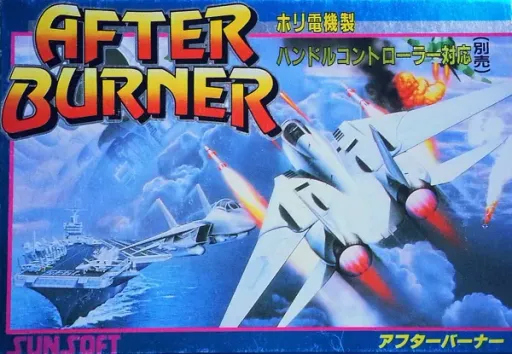An afternoon in 1989. The living room boasts a chunky CRT television, connected to an NES. A pile of game cartridges and Nintendo Power magazines are strewn across the floor as two friends, RetroGamer84 and GamerFan, sit cross-legged, controllers in hand, ready to dive into another gaming adventure.
 So, here we are, ready to tackle After Burner II on the NES. You know, I’ve always had a soft spot for shoot-’em-ups, even though they can be hit-or-miss on the home console.
So, here we are, ready to tackle After Burner II on the NES. You know, I’ve always had a soft spot for shoot-’em-ups, even though they can be hit-or-miss on the home console.
 Agreed! I prefer my games with rich lore and epic quests, but I’ve been known to enjoy a good action game every now and then. Plus, flight games can be thrilling—when done right. Let’s see what this one has to offer.
Agreed! I prefer my games with rich lore and epic quests, but I’ve been known to enjoy a good action game every now and then. Plus, flight games can be thrilling—when done right. Let’s see what this one has to offer.

The TV screen flickers to life with the title screen, followed by a mesmerizing rendition of jet engines and a thumping soundtrack.
 Well, the music isn’t bad. Though, compared to the arcade version, it’s more like “jet” to “propeller plane.”
Well, the music isn’t bad. Though, compared to the arcade version, it’s more like “jet” to “propeller plane.”
 True, true. The color palette here seems a bit toned down too. Do you think they aimed for this or were just trying to avoid flicker?
True, true. The color palette here seems a bit toned down too. Do you think they aimed for this or were just trying to avoid flicker?
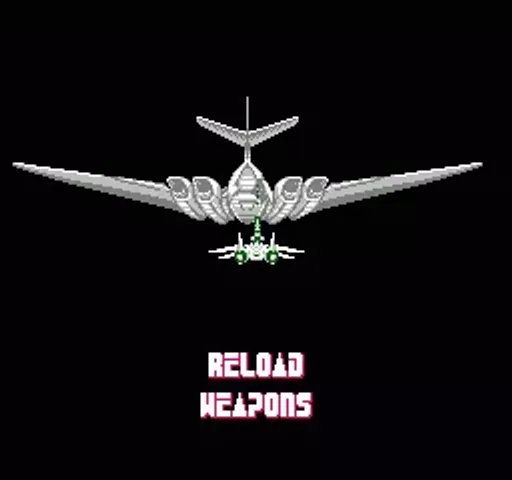
 Probably both. The NES isn’t exactly known for its powerhouse graphics capabilities. Anyway, let’s get into it.
Probably both. The NES isn’t exactly known for its powerhouse graphics capabilities. Anyway, let’s get into it.
The game starts, and the player’s jet speeds through the skies, taking down enemy targets while avoiding a barrage of incoming fire.
 Okay, I’ll admit, the behind-view perspective is pretty engaging. But these controls are… well, let’s just say, they’re not the best.
Okay, I’ll admit, the behind-view perspective is pretty engaging. But these controls are… well, let’s just say, they’re not the best.
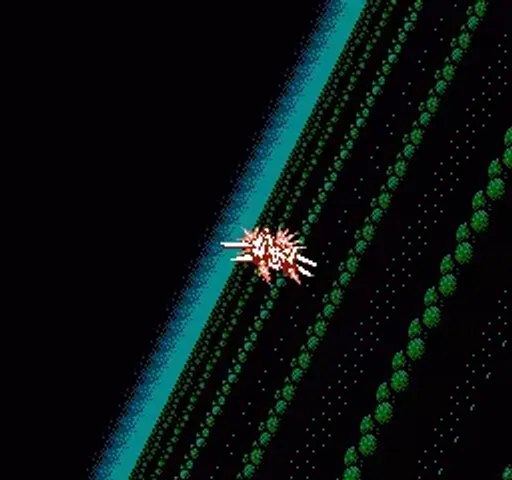
 Yeah, they’re a bit sluggish for a game that requires quick reflexes. I feel like I’m maneuvering a brick instead of a jet. And look at that! The background just repeats over and over, making it feel like we’re flying in circles.
Yeah, they’re a bit sluggish for a game that requires quick reflexes. I feel like I’m maneuvering a brick instead of a jet. And look at that! The background just repeats over and over, making it feel like we’re flying in circles.
 Right? At least it’s consistent. Oh, and here come the waves of enemies. Have you noticed how repetitive they are? It’s like, where’s the variety?
Right? At least it’s consistent. Oh, and here come the waves of enemies. Have you noticed how repetitive they are? It’s like, where’s the variety?
 I know! It’s funny, though. SEGA did a decent job with the original arcade version, but this NES port feels like an afterthought. It’s less “After Burner” and more “After Naptime”.
I know! It’s funny, though. SEGA did a decent job with the original arcade version, but this NES port feels like an afterthought. It’s less “After Burner” and more “After Naptime”.
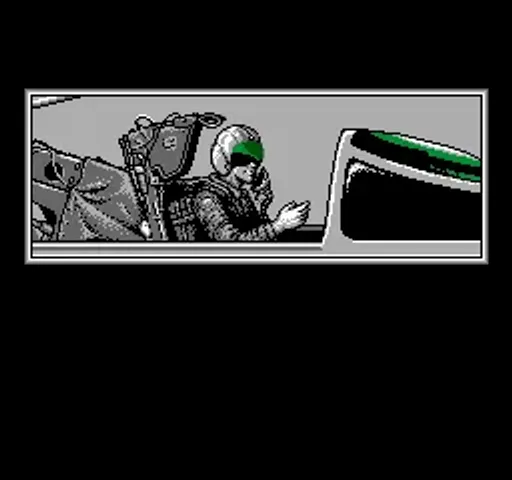
The friends continue playing, managing to reach the end of the game.
 [SPOILER ALERT] And here we are, at the final boss! Wait, is this it? Another wave of slightly tougher jets?
[SPOILER ALERT] And here we are, at the final boss! Wait, is this it? Another wave of slightly tougher jets?
 That’s the “big climactic challenge”? I was expecting something more epic, like in Zelda or Metroid, not just… this. It’s like they ran out of ideas and just threw in everything they had left.
That’s the “big climactic challenge”? I was expecting something more epic, like in Zelda or Metroid, not just… this. It’s like they ran out of ideas and just threw in everything they had left.
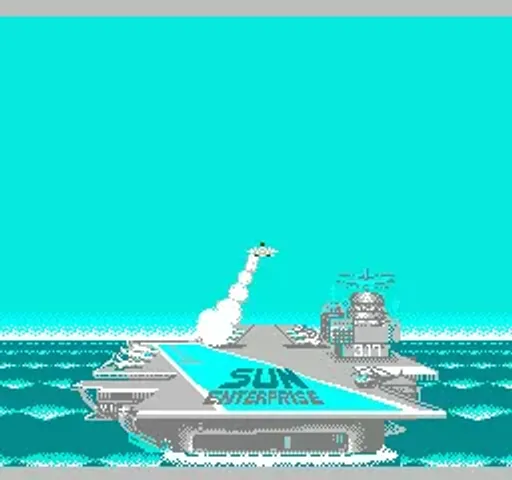
 Yeah, the final boss is about as intimidating as a puppy in a flight suit. We’ve faced tougher challenges in Tetris, and that’s saying something.
Yeah, the final boss is about as intimidating as a puppy in a flight suit. We’ve faced tougher challenges in Tetris, and that’s saying something.
 You know what, though? It’s still NES-era charming. These quirks are what make some of these games memorable, for better or worse. Oh, did you know that a part of the team that made After Burner II was working on the arcade side too? Nice little connection between the arcade giants and our living room adventures.
You know what, though? It’s still NES-era charming. These quirks are what make some of these games memorable, for better or worse. Oh, did you know that a part of the team that made After Burner II was working on the arcade side too? Nice little connection between the arcade giants and our living room adventures.
 Interesting! And speaking of arcade giants, one tip for players out there—if you’re having trouble with the later levels, try focusing on memorizing enemy patterns. This game loves repetition, so you can predict attacks before they even happen.
Interesting! And speaking of arcade giants, one tip for players out there—if you’re having trouble with the later levels, try focusing on memorizing enemy patterns. This game loves repetition, so you can predict attacks before they even happen.
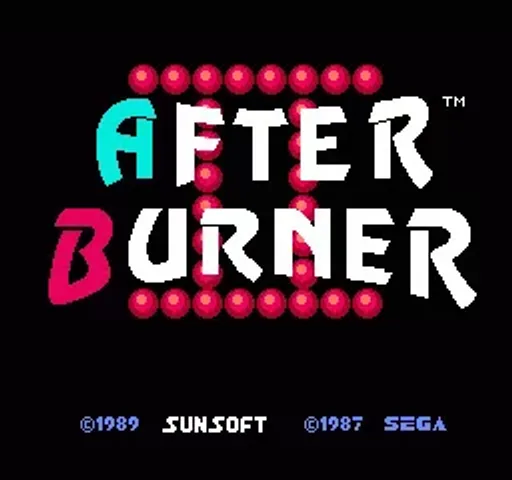
 Good point. And another tip—conserve those missiles! Use them only when absolutely necessary. The standard gun is surprisingly effective if you’re precise.
Good point. And another tip—conserve those missiles! Use them only when absolutely necessary. The standard gun is surprisingly effective if you’re precise.
 Final thoughts?
Final thoughts?
 It’s an ambitious attempt to bring an arcade classic to the home console, but falls short in many ways. It’s more of a nostalgic piece than a must-play. So, if you’re a die-hard shooter fan or just want to see what all the fuss (or lack thereof) is about, give it a try.
It’s an ambitious attempt to bring an arcade classic to the home console, but falls short in many ways. It’s more of a nostalgic piece than a must-play. So, if you’re a die-hard shooter fan or just want to see what all the fuss (or lack thereof) is about, give it a try.
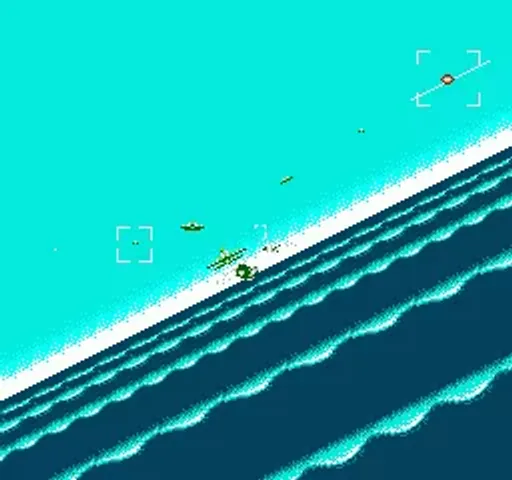
 Agreed! It’s a quirky piece of arcade history, albeit a flawed one. Let’s just say it adds character to our NES collection.
Agreed! It’s a quirky piece of arcade history, albeit a flawed one. Let’s just say it adds character to our NES collection.
They laugh and switch the cartridge out for another game, ready to embark on their next digital adventure.
 On to the next one! How about some *Mega Man*? Now that’s a game that never disappoints.
On to the next one! How about some *Mega Man*? Now that’s a game that never disappoints.

